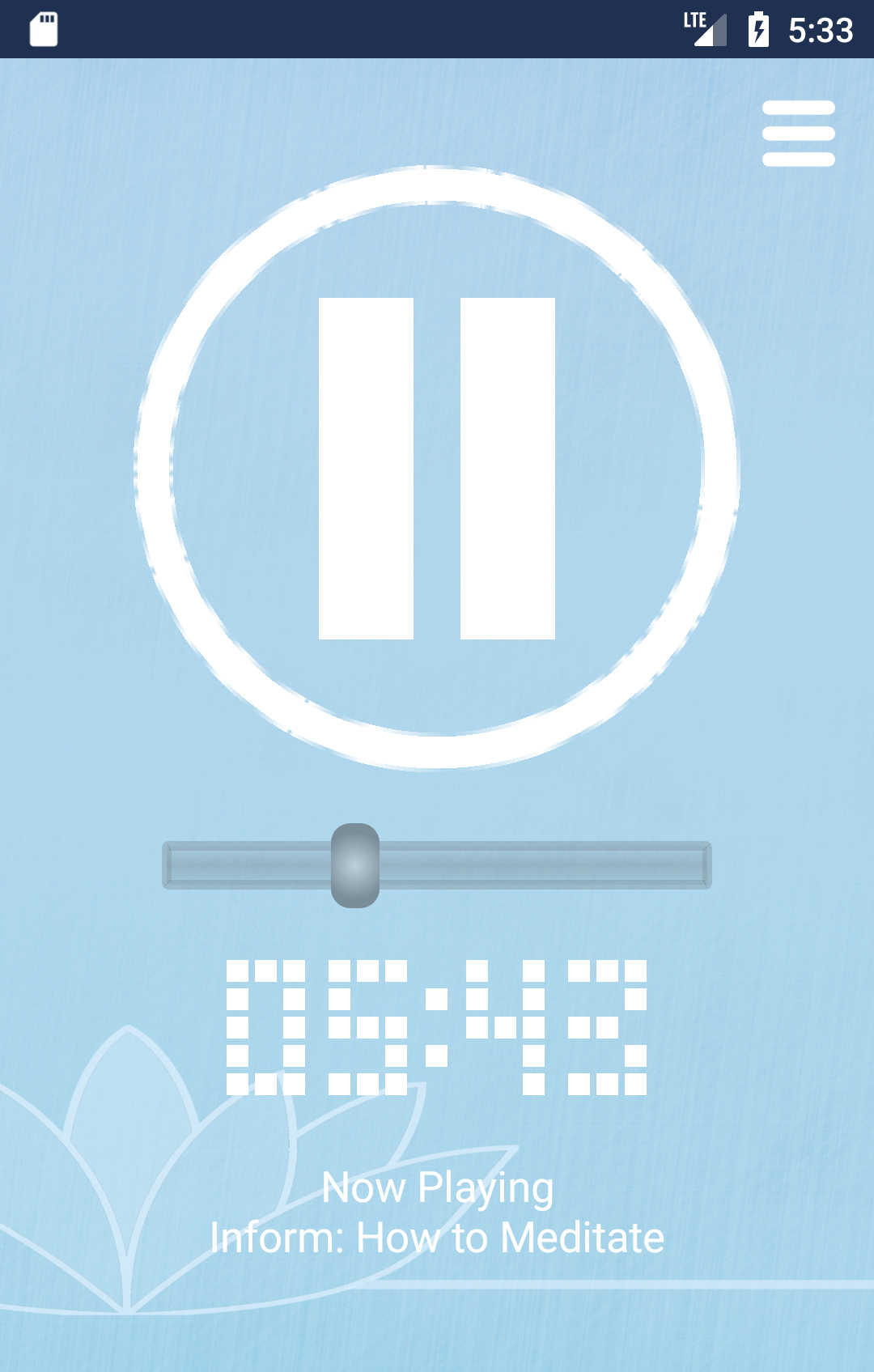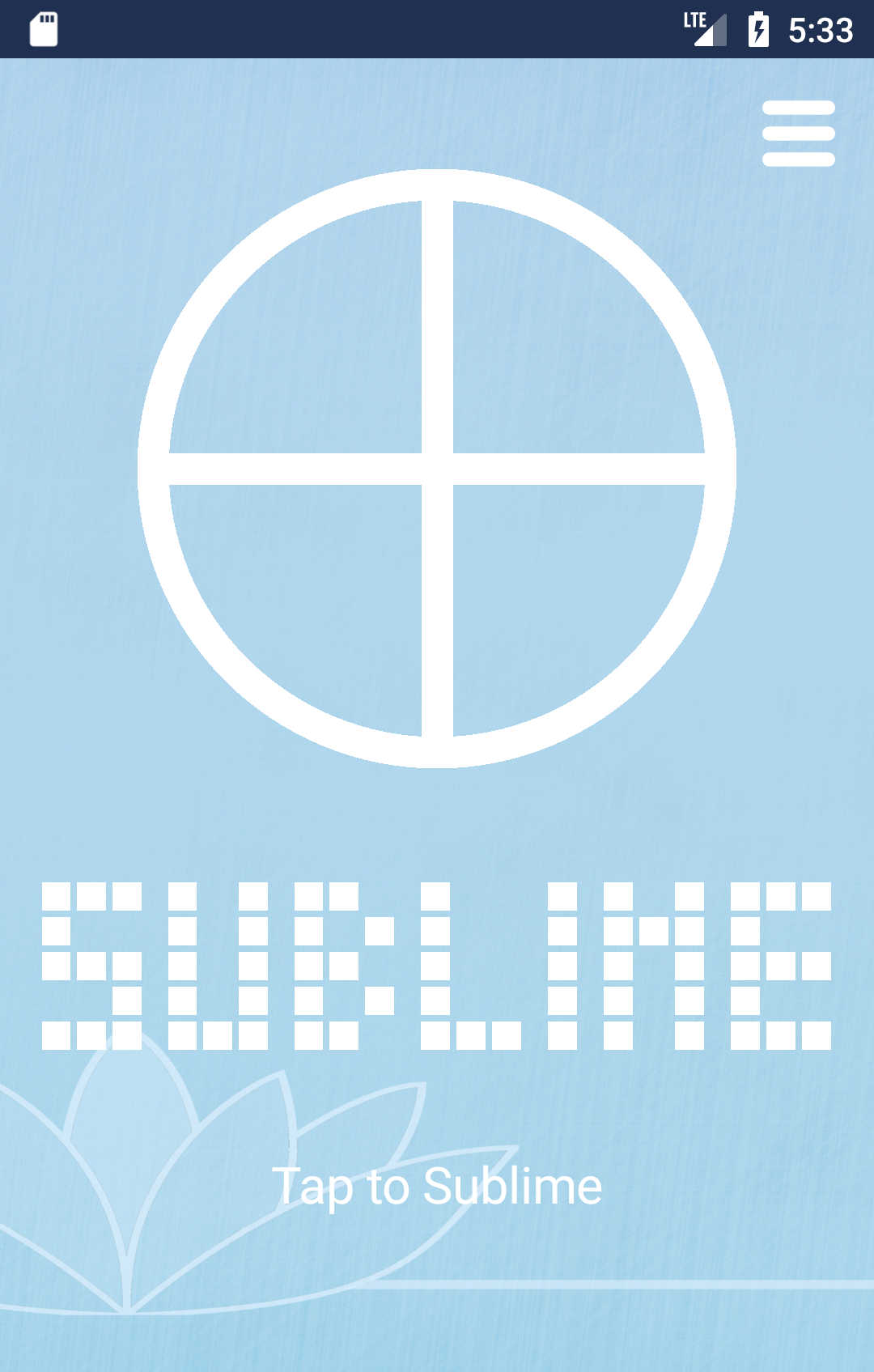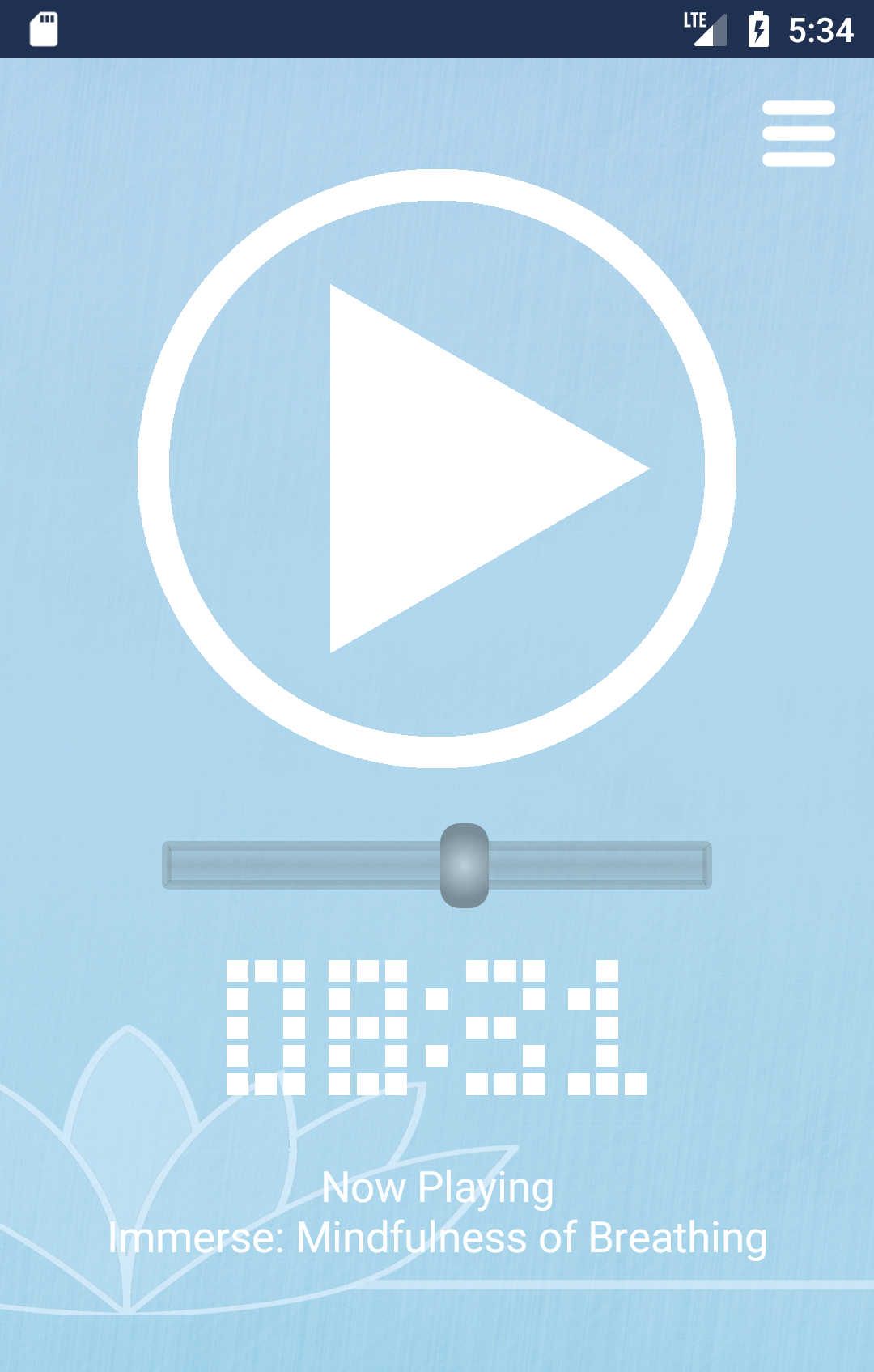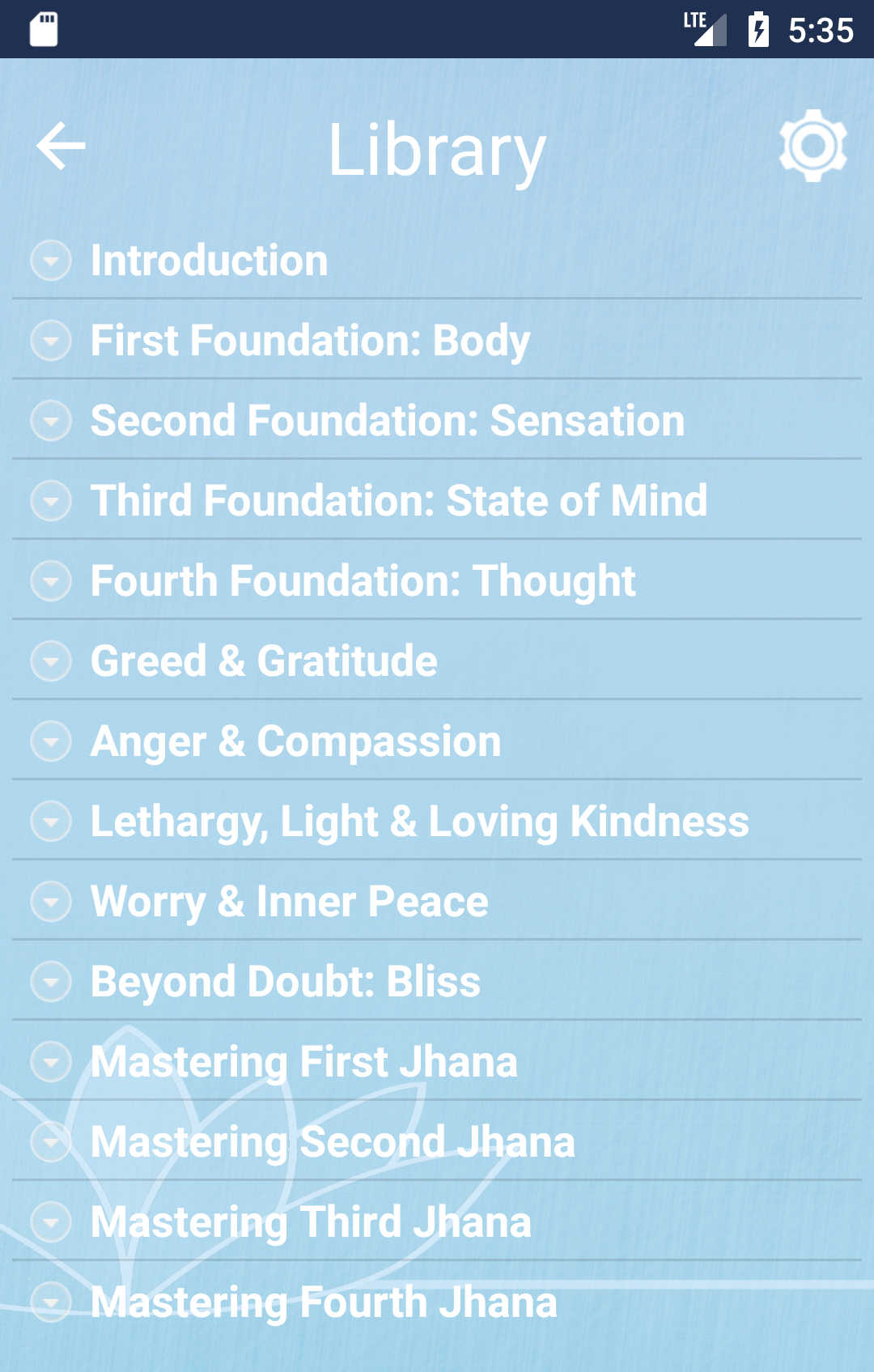We're working on it! The iPhone version is a few months away. If you would like to be notified when the iPhone version becomes available, please let us know via the contact page

Sublime is a FREE Android app that helps you develop breathing awareness, mindfulness and bliss.
A unique fusion of the latest scientific happiness research combined with instruction direct from the ancient original source of the current wave of mindfulness apps and practices, our app will first help you develop normal healthy breathing patterns, then take you on a journey through the Four Foundations of mindfulness.
Beyond Mindfulness is Joy!
Next, the app helps you remove and overcome the five obstacles that hinder your enjoyment of everyday life, creating a state of abiding inner peace, from which one builds the transcendent pleasure and bliss of First Jhana.
Indeed ultimately, no-one can be told what the blissful rapture of First Jhana is like. To find out, you'll have to experience it for yourself.
More...
About Sublime
Beyond Mindfulness: Bliss
Sublime teaches mindfulness and, uniquely, moves beyond this basic meditation training to develop in full the more advanced Jhana meditation techniques.
First described in a series of ancient texts originating some 2500 years ago, First Jhana is a profoundly blissful experience. The app covers the first Four Jhanas, developing direct knowledge of inner peace.
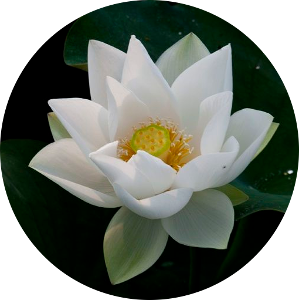
You won't find Jhana meditation in any other app; indeed with less than a handful of Jhana meditation teachers active in the western hemisphere, these sublime states of bliss are in danger of becoming a lost art.
The variety of meditation practices described in the app have been independently scientifically trialled and found to increase positive emotion and happiness, reduce stress biomarkers, enhance wellbeing and reduce chronic pain, lower anxiety, increase hopefulness, and may even help you live longer.
So, if you could use some more Happy in your life, then try it - you might like it.
Today could be the dawn of a new, happier you.
You have questions? We have answers.
Really it's best to get started with the app and follow the lessons rather than to find out more from the FAQ below, because we have thought carefully about the order in which the information is presented in the app, to provide the greatest benefit to you.
FAQ
-
-
The ancient texts are the Digha Nikaya and Majjhima Nikaya (Long and Middle Length Discourses) of the Sutta Pitaka (Basket of Dialogues) of the Pali Canon, which is the earliest written record of the teachings and sayings of the historical Buddha, Siddhartha Gautama, who was born in what is now India around 2,500 years ago.
Pali is the name of the language in which the ancient texts are written. The word Pali itself means 'a line', as in a line of text, and we refer to Pali within the app as the language of the ancient texts.
The primary canonical sources for the meditations within the app are:
- The Foundations of Mindfulness: The Maha-satthipattana Sutta
- The Hindrances: The Samaññaphala Sutta
- The Jhanas: The Potthapada Sutta
Key sections that have been quoted in the app have been translated fresh from the Pali as part of the process of creating Sublime, so you may find some minor wording differences when comparing with the online translations that are listed.
Some teachers believe that it may be harmful to move on to later Jhanas before having mastered the earlier ones, so you might want to learn Jhana with the app before reading the links above.
-
The app begins by helping you establish normal healthy breathing. Information regarding what constitutes normal healthy breathing is sourced from Recognising and Treating Breathing Disorders: A Multidisciplinary Approach, which we have been informed by professional clinical breathing therapists is the go-to medical reference book on this matter.
It is an excellent read too!
-
The first TWO lessons in the app are completely free, covering How to Meditate, and the First Foundation: Body Mindfulness, so you can try Sublime and find out whether it is right for you cost-free.
Thereafter there is a small charge on a pay-as-you-go basis as you progress through the subsequent lessons. We need to charge in order to cover our advertising and production costs.
If you have done the first two lessons and want to continue using Sublime but really can't afford to pay, then a limited number of free passes are available - contact Support above for further details.
-
No.
Although some texts from the Pali Canon are quoted, the app is not explicitly Buddhist. Many religious experts do not count Buddhism - particularly the early Buddhism contained in the ancient texts - as a religion anyway.
Discussion of anything that could be construed as a religious issue such as the afterlife, reincarnation etc. has been excluded as beyond the scope of teaching Jhana meditation.
Some philosophy, psychology and natural law from the ancient texts does appear, however these are presented in terms of modern physics and neuroscience, and no faith is required.
Some further beneficial practices from the ancient texts, in addition to the meditations themselves, are included in the supporting materials that accompany the meditations. These of course should only be adopted if you find them helpful.
You should therefore find that Sublime is compatible with your existing faith or views on spirituality, including atheism.
Evolution and the Big Bang are also mentioned, but are not critical to the discussion within the app, and you are not required to believe in these, or indeed anything, to benefit from Jhana meditation
-
For an introduction to the neuroscience that is discussed within the app, we recommend Buddha's Brain: The Practical Neuroscience of Happiness, Love, and Wisdom, which gives the science in relation to the ancient texts. Pretty much any resource on neuroscience will contain the basic information.
The studies referred to within the app and the specific measurable health and psychological benefits discussed are sourced from U.C. Berkeley's Science of Happiness Course, which you can take for free online, and we thoroughly recommend. Many specific practices described within the app are discussed and advocated there, as well as at the Greater Good Science Centre.
The basic physics described in the app can be found on Wikipedia or in any physics text book on relativity or thermodynamics.
Some information is also sourced from New Scientist.
-
Psychological Renewal through Activation of the Central Archetype is one of the ten classes of Spiritual Emergence phenomena.
It was first described by psychiatrist John Weir Perry in the 1970s, and his book The Far Side of Madness remains an excellent resource. For a shorter introduction that also covers the other nine classes of Spiritual Emergence, see here and for more direct support try the Spiritual Emergence Network
Typically an episode proceeds through ten phases of thematic content in approximately the same order, though some phases may be absent. The fourth phase, Cosmic Conflict, in which the undergoee may experience themselves as at the centre of a cosmic battle between two polar opposites, is considered characteristic, and clearly distinguishes this Spiritual Emergence from meditative pathways such as the Vipassana Progress of Insight.
Risk factors include the presence of an unresolved dilemma or double bind and substance abuse. Prolonged intense meditation at Buddhist retreats is also sometimes listed as a risk factor, which is why we mention this form of Spiritual Emergence in the app. However, we should emphasise that we don't know of anyone who has experienced this as a result of using the app, of short at-home meditation as presented in the app, or indeed Jhana meditation in general. It is usually the more recent Vipassana technique that is taught at retreats.
The process is perhaps best understood as the conscious experience of a pre-conscious/unconscious decision making process taking place deep within the brain, by which the aforementioned dilemma is resolved. In cases where insight is lost that this is an internal process, and the thematic content influences perception of external events, some looking after may be required for a few days.
-
Unless you already know Jhana meditation, you should try to only find out about First Jhana. Some teachers believe that learning about later Jhanas before mastering the earlier ones can harm practice long term
The Jhana techniques as taught in Sublime are direct from the ancient original sources. Leigh Brasington is probably the most active Jhana teacher of the ancient method and has an excellent web site, and his book Right Concentration is a must read for anyone wishing to learn more about these ancient meditative practices.
When looking at other books or web sites, please be aware that some authors have the terms vitakka and vicara defined the other way around (which doesn't matter), and some have piti and sukha defined the other way around (which does). Sublime uses the Pali Text Society's Pali - English Dictionary definitions throughout.
Other books on Jhana tend to follow the more elaborate practice described in the Visudhimagga, a manual composed around 1000 years after the origination of the ancient texts, referred to as a 'later text' within the app.
Modern books describing Jhana in the Visudhimagga tradition include Mindfulness Bliss & Beyond, Mastering The Core Teachings of the Buddha, and Practicing the Jhanas, all of which have influenced the creation of Sublime in one way or another.
Contact
For general questions, bug reports or press inquires please fill out the form below.
Oops! Please correct the highlighted fields...
Thanks! We'll get back to you as soon as we see this.
